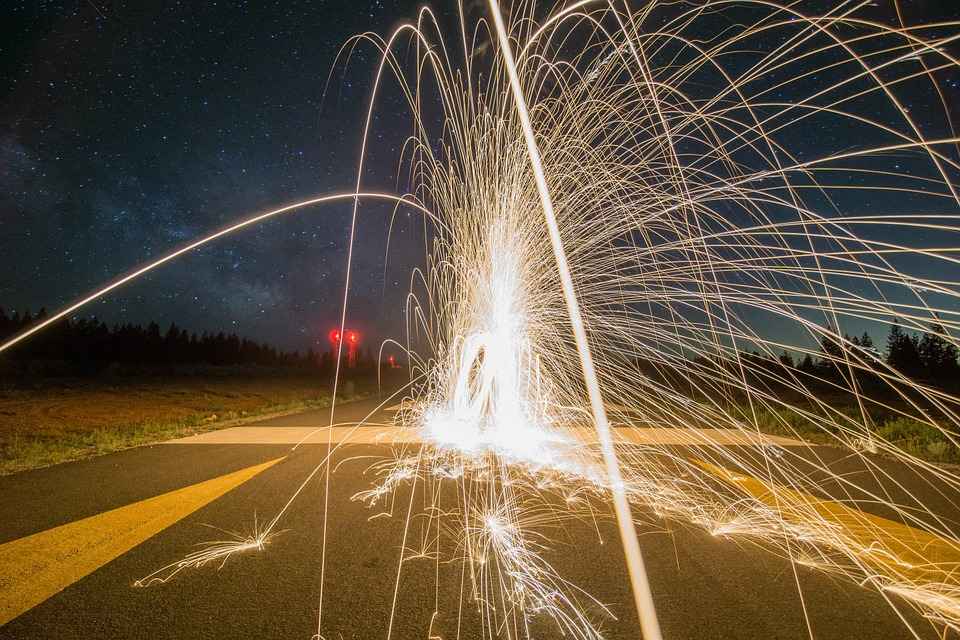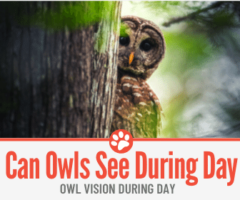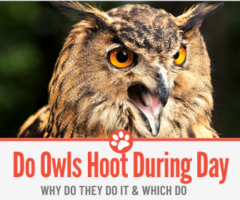 Although many believe coyotes are nocturnal animals (only active at night), coyotes have actually adapted to that lifestyle because of us. By nature, coyotes are diurnal (active during the day).
Although many believe coyotes are nocturnal animals (only active at night), coyotes have actually adapted to that lifestyle because of us. By nature, coyotes are diurnal (active during the day).
However, they display their incredible ability to adapt by becoming nocturnal in areas where they live in close proximity to humans.
So if they are diurnal by nature, does this mean we cannot use lights to scare them away from our property?
Will lights keep coyotes away?
Yes, Lights will keep Coyotes Away, if you use the right light along with keeping your property free from anything that could attract a coyote. First, it is important to remember that not all lights are equally effective.
Flashing strobe lights or predator deterrent lights are much more effective than a simple porch light. Secondly, even the most effective lights need to be combined with keeping your property free of possible coyote food and hazing coyotes when you do see them trying to approach.
The combination of strobe or predator deterrent lights along with no food to attract coyotes is a sure way to keep these creatures far away from your property.
Best Coyote Deterrent Lights
The best coyote lights are either strobe lights or a predator deterrent light. These can make a coyote frightened enough to not risk coming on to your property.
However, even with these lights, it’s important to take other precautions like closing your garbage and not leaving pet food out.
Strobe Lights
Strobe lights are one kind of light that have been proven effective against coyotes. One study tested the effectiveness of strobe lights along with white noise to keep coyotes away from food.
Motion-activated devices were placed near processed pork and the researchers studied if the coyotes would eat the pork despite the frightening lights and sound. They found that with the sound as the only stimulus, almost all the coyotes eventually became brave enough to eat the food.
The strobe lights by themselves were a lot more effective in keeping the coyotes away from the pork, and the sound and lights combined were the most effective.
They also noticed that the coyotes who did eat the food despite the frightening noise and sound, tended to be the more bold coyotes and also those in a social position of subordination within the pack. Based on this research, strobe lights alone can be quite effective against coyotes.
However, if you’re dealing with especially bold coyotes or with subordinate coyotes within the pack’s hierarchy, not even flashing lights may be enough.

Predator Deterrent Lights
Predator lights are another good option that many users rate very highly in keeping away not only coyotes, but also deer, racoons, and other animals.
The concept behind these lights is that they tap into an instinctual fear of coyotes: other predators hunting them. Wolves and mountain lions are among the natural predators of coyotes and coyotes have learned to avoid these creatures at all cost.
What predator deterrent lights do is they mimic the look of another predator’s eyes reflecting light. The coyote does not have to be conditioned to avoid these blinking lights since they naturally avoid predators in the wild.
So these are the silver bullets of coyote deterrent lights? Well first, a few crucial caveats. Coyotes that are very hungry and have a good reason to come onto your property, may still learn to get over the fear of these lights.
Remember the research study about flashing strobe lights and white noise? Even in that experiment, twenty percent of the coyotes tested were able to overcome their fear of the strobe lights and grab the pork.
So if you do have a tempting attractant like an open garbage can or fallen fruit around your property, the coyote may consider risking those “predator eyes” anyway. The best defense is the combination of a food-free yard along with some kind of predator deterrent lights.
Another caveat is that you need to make sure you put them at the right height for the predator you are trying to scare away. Unfortunately, you won’t be able to guard against both small rodents like racoons and coyotes at the same time. For coyotes, the recommendation is about twenty to thirty inches above the ground.
Finally, you will need to make sure you buy enough of these lights to be placed all around your property, about one to two hundred feet apart. Placing just one flashing light won’t be enough since the coyote will believe it can easily avoid just one hungry predator.
So even though strobe lights or predator deterrent lights might keep a coyote away the best, are any other types of light helpful at all? What about normal porch lights, red lights, or flood lights?
Will a Porch Light Keep Coyotes Away?
A constant porch light that is not motion-activated might serve as a slight deterrent for coyotes if they have become accustomed to hunting in the dark.
Actually, Wildlife Services recommends fixing lights near where farmers keep livestock, so there is probably some value in any kind of light. However, if nothing else bad happens to the coyotes for them to associate with the light, and if there is a tempting food source nearby, the light alone will not be enough to keep them away.
Do Flood Lights Keep Coyotes Away?
Just like porch lights, flood lights might also serve as a deterrent for coyotes and other wild animals. Since they are much brighter, they probably work somewhat better than porch lights.
However, installing still lights is a temporary solution to a coyote problem. When nothing happens to the coyote when the lights are turned on, the coyotes can quickly learn to ignore the light.
On the other hand, if the lights are frightening enough, such as strobe lights or lights that look like predators, the coyotes may never be able to adjust to them.
Do Red Lights Keep Coyotes Away?
Although some of the most effective predator lights are red flashing lights, non-flashing red lights are probably the least effective light in keeping coyotes away.
Coyote hunters actually recommend using red lights for hunting coyotes because they are less likely to scare off the coyote they are trying to shoot. However, many hunters will warn that red lights will spook a coyote if the light shines directly into its eyes.
This again shows that even flashing predator deterrent lights have to be placed at eye level to be effective.
Will Motion Lights Keep Coyotes Away?
Several websites, such as the Colorado Division of Wildlife, recommend motion-activated lights as a method for keeping coyotes away. Again though, if these are just lights that turn on when an animal triggers them, but do not flash, they probably will not be that much of a deterrent to coyotes.
One advantage of motion lights though, is that they can let you know that there is a wild animal approaching the house. Then you can employ the more effective methods of scaring coyotes: hazing them. Hazing means shouting, making noise, throwing things (but not in order to hit the coyote) to scare the coyote.
The combination of being hazed along with the light might be able to condition the coyote to associate the light turning on with a negative experience and to keep it away in the future.
So, Are Coyotes Scared of Light?
Like other wild animals, coyotes may be cautious around lighted areas since they are now used to hunting at night. However, a normal porch light or even a bright flood light won’t work for long unless the coyote associates the light with something frightening.
A motion-activated light might startle a coyote, but if there is a strong incentive to come to your property, there is a good chance they’ll get over their fear.
Still, if the light is frightening enough or makes them think a predator is watching them, installing lights could be an effective deterrent.






